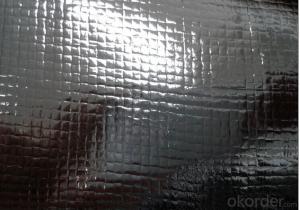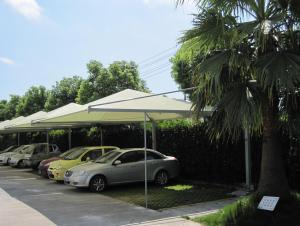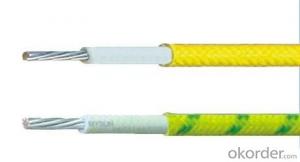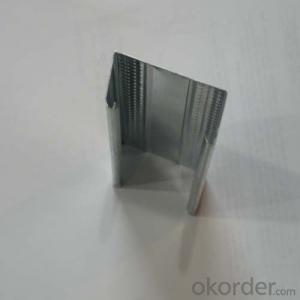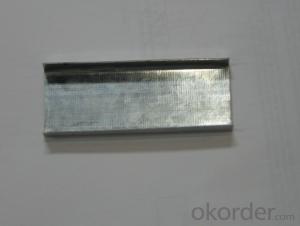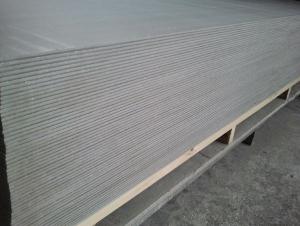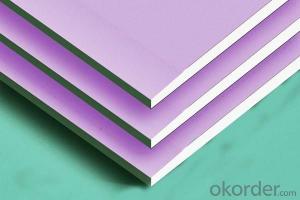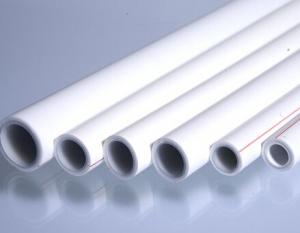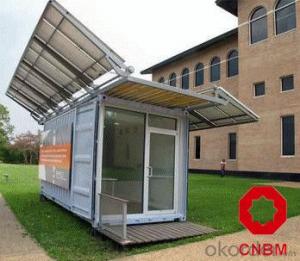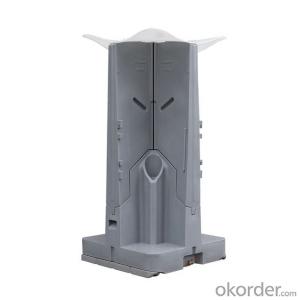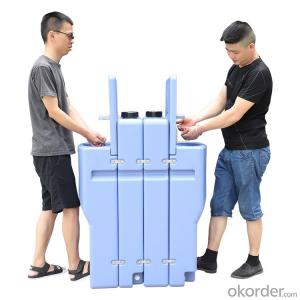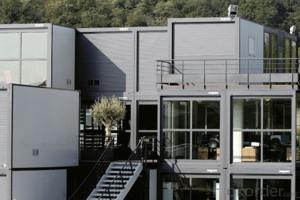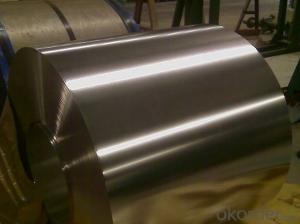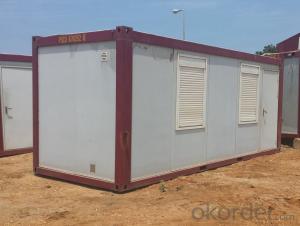Holiday Lights For House
Holiday Lights For House Related Searches
Best Paint For Stainless Steel Blanket Insulation For Steel Buildings Primer For Galvanized Steel Foam Filter For Stainless Steel H S Code For Stainless Steel Surface Grinding Wheels For Stainless Steel Surface Grinding Wheels For Hardened Steel Hole Saw For Stainless Steel Paint For Stainless Steel Stainless Steel For BbqHot Searches
Steel Mesh Panels For Sale Price For Stainless Steel Scrap Scrap Price For Stainless Steel Price For Stainless Steel Stainless Steel Plate For Sale Stainless Steel Tank For Sale Stainless Steel Sheets For Sale Cheap High Tea Sets For Sale Stainless Steel Tanks For Sale Stainless Steel For Sale High Density Fiberboard For Sale Solar Hot Water Collectors For Sale Scaffolding For Sale In Uae Scaffolding For Sale In Ireland Scaffolding For Sale In Houston Type Of Inverter For Solar Price Of Shipping Containers For Sale Types Of Inverter For Solar Stock Price For Aluminum Steel Mesh Panels For SaleHoliday Lights For House Supplier & Manufacturer from China
Okorder.com is a professional Holiday Lights For House supplier & manufacturer, offers integrated one-stop services including real-time quoting and online cargo tracking. We are funded by CNBM Group, a Fortune 500 enterprise and the largest Holiday Lights For House firm in China.Hot Products
FAQ
- Yes, container houses can be designed with earthquake-resistant features. While shipping containers may not be inherently earthquake-resistant, they can be modified and reinforced to withstand seismic activities. To make container houses earthquake-resistant, several measures can be taken. Firstly, the foundation of the container house should be properly designed and engineered to absorb and distribute the seismic forces. This may involve using a combination of concrete footings, steel reinforcements, and proper anchoring to the ground. Secondly, the containers can be interconnected and welded together to create a more rigid structure. This helps to distribute the seismic forces throughout the entire house rather than concentrating them in one area. Reinforcing the corners and walls of the containers with additional steel beams can also enhance their structural integrity. Moreover, insulation materials like foam or spray foam can be used to strengthen the walls and increase their resistance to shaking. These materials not only provide insulation but also improve the overall rigidity of the container house. In addition to structural modifications, implementing safety measures such as installing earthquake-resistant glass, securing heavy furniture, and using flexible plumbing and electrical connections can further enhance the earthquake resistance of container houses. It is important to note that while these measures can significantly improve the earthquake resistance of container houses, they may not guarantee complete protection in extreme seismic events. Therefore, it is crucial to consult with experienced architects, engineers, and contractors who specialize in designing earthquake-resistant structures to ensure the safety and durability of container houses in seismic regions.
- Yes, container houses can be suitable for recreational or sports facilities. Container houses can be easily modified and customized to create functional and versatile spaces for various recreational or sports activities. They are cost-effective, environmentally friendly, and can be easily transported and assembled in different locations. Additionally, container houses can be equipped with necessary amenities such as bathrooms, kitchens, and storage spaces, making them ideal for accommodating individuals or groups participating in recreational or sports activities.
- What are the disadvantages of the container house?
- the price you have considered no 2, there are two kinds of housing box, one is the side of the foam board sandwich board
- Certainly, container houses can be designed in a way that ensures a low-maintenance exterior. This can be accomplished through a variety of strategies and materials. To start, selecting the appropriate exterior cladding can greatly diminish the need for maintenance. Options such as fiber cement siding, vinyl siding, or metal panels are known for their durability, resistance to weathering, and minimal upkeep requirements. These materials are specifically designed to resist fading, warping, or cracking, ensuring that the exterior remains visually appealing for a longer period of time. In addition, incorporating design elements that limit exposure to the elements can help reduce maintenance demands. For instance, strategically placing overhangs or awnings can shield the exterior walls from direct sunlight, rain, and snow, thus preventing potential damage and minimizing the need for regular maintenance. Moreover, utilizing high-quality paints or coatings can extend the lifespan of the exterior and reduce the frequency of repainting or touch-ups. Opting for paints that have built-in protection against fading, UV rays, and mildew can further enhance the low-maintenance aspect of the house. Furthermore, considering the implementation of low-maintenance landscaping surrounding the container house can contribute to minimizing exterior maintenance efforts. Incorporating native plants or drought-resistant vegetation can reduce the necessity for watering, pruning, or other regular upkeep activities. Finally, integrating proper drainage systems, such as gutters and downspouts, can effectively redirect water away from the exterior walls, preventing water damage and decreasing maintenance requirements. By thoughtfully selecting materials, incorporating protective design elements, utilizing high-quality finishes, considering low-maintenance landscaping, and implementing proper drainage systems, container houses can be designed to have a low-maintenance exterior while still maintaining an attractive appearance.
- Container houses can indeed be suitable for educational facilities. Container houses, or shipping container structures, have gained popularity in recent years due to their affordability, durability, and sustainability. These features make them an attractive option for educational facilities, especially in areas where traditional construction methods may be costly or limited. Container houses can be easily modified and customized to meet the specific needs of educational institutions. They can be transformed into classrooms, libraries, laboratories, or even administrative offices. The modular nature of these structures allows for easy expansion or reconfiguration, accommodating a growing student population or changing educational requirements. Moreover, container houses are portable and can be relocated if necessary. This flexibility can be particularly advantageous for educational facilities that require temporary structures or need to adapt to changing circumstances, such as disaster-stricken areas or areas with fluctuating student populations. Additionally, container houses are environmentally friendly. Repurposing shipping containers helps reduce waste and contributes to sustainable building practices. They can also be equipped with energy-efficient features, such as solar panels and rainwater harvesting systems, further reducing their environmental impact. However, it is important to consider certain factors before implementing container houses as educational facilities. Adequate insulation, ventilation, and climate control should be ensured to create a comfortable and conducive learning environment. Accessibility and compliance with safety regulations should also be taken into account to meet the needs of students with disabilities. In conclusion, container houses can be a viable option for educational facilities due to their affordability, flexibility, and sustainability. However, careful planning, design, and consideration of specific educational requirements are necessary to ensure a successful implementation.
- What is the characteristics of the container type?
- 6, the internal fully renovated, external electricity, can be built-in air conditioning, electricity, lighting, tables and chairs, immediately available
- Container houses can be heated and cooled through various methods. For heating, containers can be equipped with insulation to retain heat, and heating systems such as electric heaters, wood-burning stoves, or even radiant floor heating can be installed. Similarly, for cooling, insulation and ventilation systems such as air conditioning units or fans can be utilized. Additionally, some container houses may make use of passive cooling techniques like shading or natural ventilation to regulate the indoor temperature.
- Yes, container houses can be suitable for vacation or rental properties. They are often cost-effective and can be easily transported to different locations, making them ideal for temporary accommodations. Additionally, container houses can be designed and customized to provide comfortable amenities and meet the needs of vacation or rental guests.















